There is a widespread notion among the general public that we humans are the most evolved species on the planet, and that monkeys are example of animals that, so to speak, were unlucky enough to get stuck partway and could not advance towards the perfect end state, our own. All this is a gross misconception. Not only do the genes of chimpanzees show more evidence of positive selection than ours, which makes them technically more evolved, but, above all, the different species have found different evolutionary paths to better adapt to their respective environments. In doing so, many animals have developed capacities that we can only envy as true superpowers. Here are some examples.
Tardigrades, the born survivors
It has been said of the tardigrades, microscopic eight-legged creatures also known as water bears, that they will be the last survivors on Earth. Although these animals are most abundant in moss and lichen, they have been found in the most inhospitable terrestrial habitats. Some resist extreme cold and pressure, radiation, dehydration, and lack of air and food, thanks to a dormant state called cryptobiosis in which they can remain for years. They are even capable of surviving in space; although their fate is currently unknown, they are present on the Moon, having been deposited there by the failed Israeli probe Beresheet in 2019.
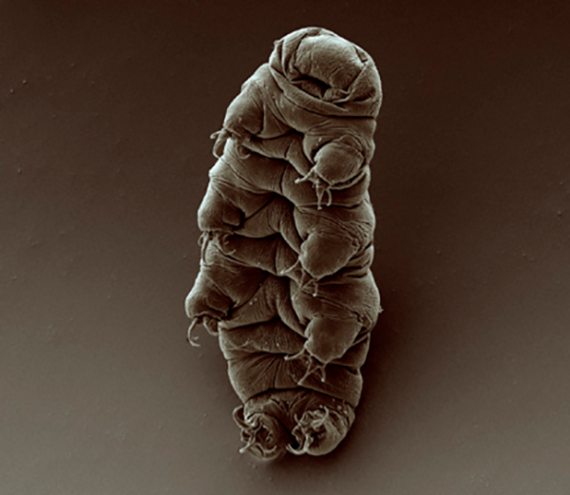
Studies have identified certain proteins that protect tardigrades from drying out and their DNA from radiation damage, as well as a fluorescent compound that makes them resistant to ultraviolet light. But science has only just begun to discover the mechanisms that make them almost indestructible. However, like Superman, tardigrades also have their kryptonite; a recent study found that they die in just one day at the temperature of a slight fever in our body.
The beetle that can bear the weight of a car
It would be difficult to determine which terrestrial organism is most resistant to crushing, but certainly Nosoderma diabolicum, or the diabolical ironclad beetle, is a good candidate. This inhabitant of the deserts of southern California lives on the fungi that grow under tree bark, with which it blends in.
A recent study has revealed the structure of this insect’s exoskeleton, which makes it capable of resisting being run over by a car without being affected. To do this, it has given up its wings, fusing together its thick elytra (forewings) which are supported by a solid lateral structure; all this has made it a living tank capable of supporting 39,000 times its own body weight. Researchers are already imitating the structure of the beetle’s armour to design, for example, stronger joints in aircraft parts.
Vultures with a cast iron stomach
Before we invented labels with an expiry date, humans relied on sight, smell and taste to know which food to toss out, but this doesn’t always work; for example, the bacteria Bacillus cereus can grow without any apparent signs in a several-day-old plate of pasta. And even if the microbes are killed when the food is reheated, their toxins can linger and be lethal. In contrast to humans and our weak stomachs, many other animals are capable of consuming spoiled food that would kill us. Among them are vultures, which enjoy delicacies whose mere smell would make most of us vomit.
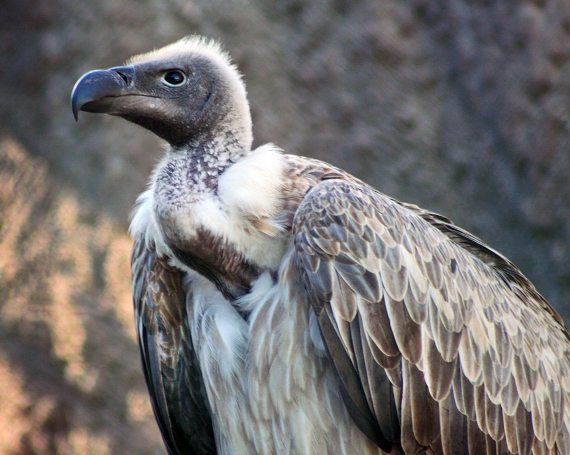
In 2014, a study discovered how they do it; these birds destroy most of the dangerous bacteria they ingest in the acid of their stomachs, but strangely enough they tolerate the passage of lethal microbes into their intestines, such as those that cause anthrax, botulism, gangrene or septicaemia. Later findings support the idea that it is the vulture’s microbiome that allows them to feed on rotten carrion without dying in the process.
Living without oxygen
One can hardly imagine a greater superpower for an animal than living without breathing. Many bacteria and some protozoa can do this, but it has always been thought that it was impossible for animals to do without oxygen completely. In 2010, three species of microscopic animals called loricifera were discovered at a depth of over 3,000 metres in the Mediterranean. They were described as the first anaerobic animals, but later another study questioned the finding, claiming that they were carcasses inhabited by anaerobic bacteria.
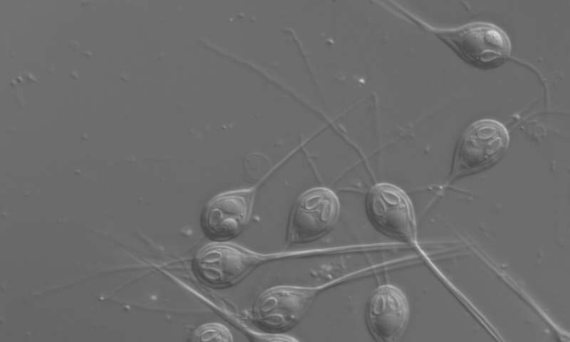
The original authors responded and the debate continues. But in 2020 we have yet another candidate for the first anaerobic animal, Henneguya salminicola, a salmon parasite related to jellyfish and corals. This little creature lacks the breathing mechanism in the mitochondria, the cellular organelle in charge of this function; in fact, it doesn’t even have a mitochondrial genome.
The female mole’s doping trick
Men and other male mammals receive a hormonal boost from testosterone that usually gives them superior strength to females of their species. But in the case of the mole, an animal subjected to the arduous obligation of digging tunnels for a living, the female has found a solution so as not to be at a disadvantage compared to the male: developing testicles. Her ovaries are actually ovotestes that carry a nodule of testicular tissue that does not produce sperm, but does produce male hormones at the same level as males. This is the only known case among mammals. A recent study has discovered a curious set of genomic rearrangements in these females which allows them to acquire this hormonal doping without possessing a male Y chromosome.
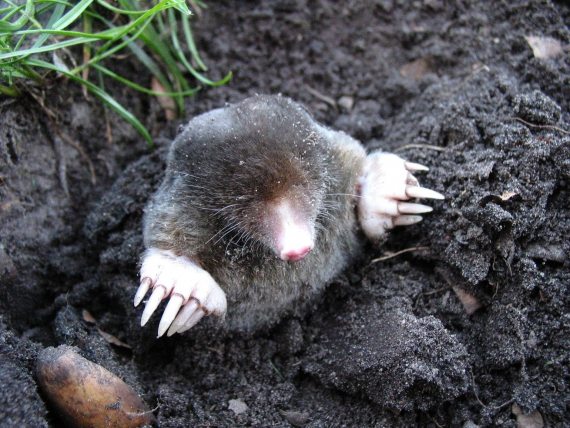
The dogs’ built-in compass
Man’s best friend already possesses skills we would certainly like for ourselves, such as a sense of smell tens of thousands of times more sensitive than our own, which allows them to perceive scent trails in the air as easily as we follow a pathway with our eyes. The olfactory skill of dogs has been equated to the ability to catch a whiff of one rotten apple in two million barrels, or to detect a teaspoon of sugar in two Olympic-size swimming pools. Of course, they also have us beat in terms of night vision. But two other superpowers of dogs have recently been discovered. For one thing, their cold, wet nose is able to detect heat from a distance, something they can probably use to locate prey. Even more amazing is their newly discovered ability to orient themselves through the Earth’s magnetic field.
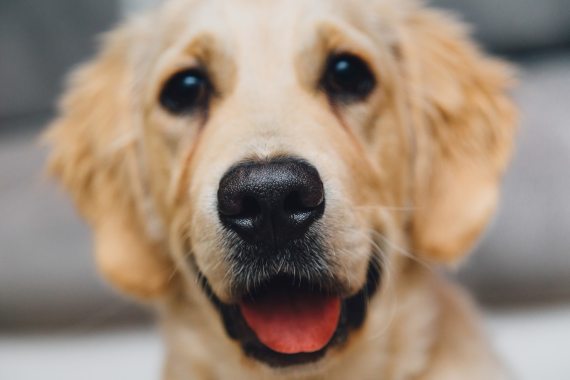
However, given that this capacity has already been described in various animals, perhaps we should ask ourselves why we humans lack something so widespread (or even if we do have it, as one researcher claims, why it is of so little use to us) and yet we still believe ourselves to be the most highly evolved beings in all of nature.
Javier Yanes
@yanes68
Comments on this publication